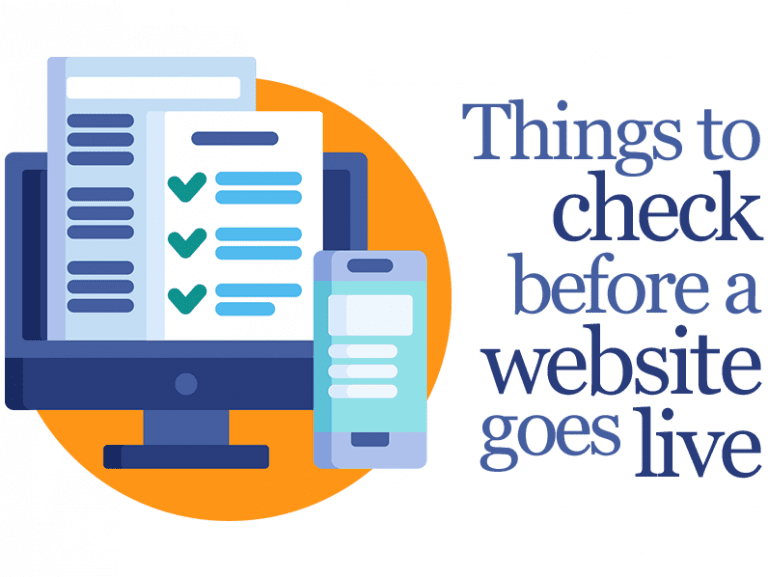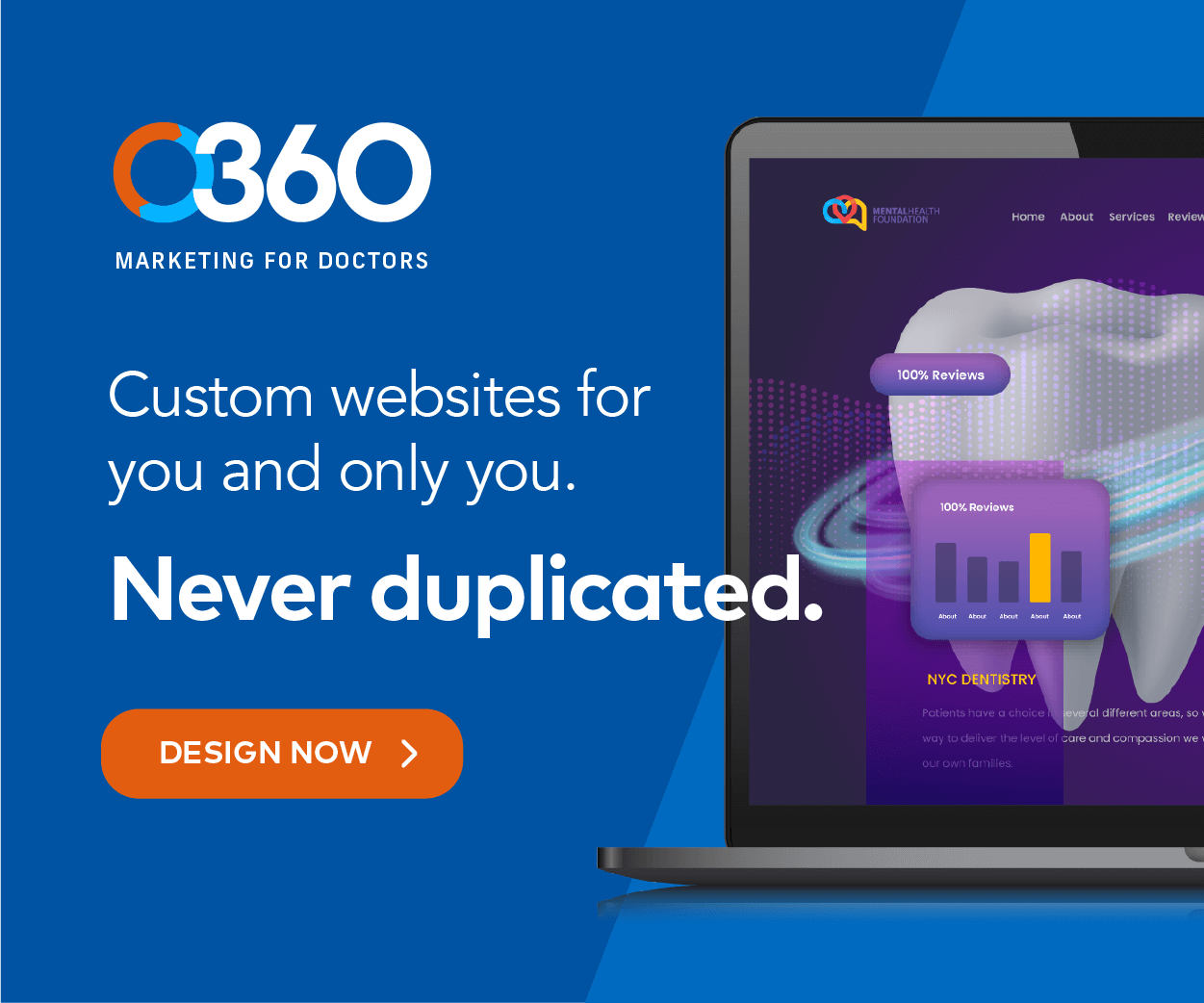The website design that a pharmacy chooses is important, whether you are trying to attract new patients and referrals or attempting to meet the needs of current patients. Site analytics are critical to ensuring that your website performs the way you intend. Here’s what you need to know about this numbers-driven component of your website.
Important Components for your Pharmacy’s Success
Successful pharmacy websites rely on four broad categories — some of which you might have heard about previously. If you think of these necessities as a triangle, digital marketing — including the ever-important aspect of SEO — would be at the top, followed by usability and web design, site architecture, and on-page elements. The last category, which takes up the triangle’s base, consists of keywords and content. All of these elements should rest on a foundation that is comprised of site analytics and web intelligence.
What Site Analytics Can Do for Pharmacists
Site analytics — often called web analytics — provides a focus and direction for all pharmacy marketing strategies for owners. Without being able to track the results of your digital marketing effectively, you won’t know which elements are working and which need to be tweaked in order to support your goals. At the bare minimum, using site analytics provides the data you need to track your site’s visitor engagement.

Site Analytics can deliver a wealth of data that you can use. A few of these uses include determining the following:
- The keywords that lead site visitors to you
- The best day of the week and time range in which you should add posts to your website based on traffic patterns
- Where the traffic that lands on your site is coming from
- The posts, pages, or other factors that attract the most people to visit your site
- If the traffic that arrives at your site is converting into leads
Putting Site Analysis to Work For You
Making sense of the numbers that are returned to you via the site analysis tools that you choose to use can help you better understand both the content and the keywords that you should focus on to make your website successful. Sometimes, it can be difficult to know exactly where and how to begin when it comes to using the right keywords and the types of content that will best help you reach your goals.
Taking a simple approach might help you get started. Consider who your audience is and build your content with them in mind. Anchor your content in the services and products you offer to your audience.
For example, as a pharmacy, you are concerned about the health of your patients, drug interactions, post-up instructions, and communication with your referral doctors.
Ensure that your targeted keywords are ones that people who want any part of the above would put into their favorite search engine. Relate your content to those conditions or consequences that could occur in people needing the pharmacy services or products.
Using site analytics tools such as Google Analytics and Adobe Analytics provides the data you need to confirm that you are choosing the right keywords and content. These analytical tools also deliver proof when the strategies that you are using are not working as you expected.
Your Website Design and Site Analytics
The value of using site analytics tools goes beyond simply letting you know how well your keyword and content strategy is helping you reach your goal. Your website needs to be optimized to appeal to search engines so your audience can easily find it and engage with it.
Once on your site, visitors need to be able to easily find what they are searching for, such as where to find medication, medical supplies, and advice about their prescriptions.
Your site should also make it simple for visitors to do what you want them to accomplish. For example, make it easy for your visitors to contact your drugstore to make an appointment for vaccination or ask questions by putting your contact information, including your telephone number, on the header or footer of each website page.
By using web analytics, you’ll be able to see where your site visitors are going when they land on your pages. You can determine how long they stayed on each page and track the different ratios involved with performance, conversions, and more.
See the disadvantageous of website templates
Getting a Clear Picture of Your Website’s Performance
The methods you use to market your pharmacy online should consider all the data your site analytics tools deliver. In fact, this data should serve as the baseline from which all your marketing activities evolve. These efforts will propel your pharmacy website to deliver the performance you expect and desire.
Whether you decide your strategy for your next PPC campaign, retooling your social media presence, or tweaking your SEO, the data collected and displayed by your site analytics should be used as a guide. Doing so will help you:
- Decide which content to add to your website and when
- Figure out where your advertising dollars are best spent.
- Pinpoint those activities, channels, and/or sites that increase traffic to your website and provide the best lead conversion.
- Define many more crucial decisions that will improve the return on your investment.
Takeaways About Site Analytics
Site analytics are an often-overlooked necessity when it comes to marketing strategies for healthcare professionals and pharmacists. It’s important that you put them into use and ensure that they are set up in the right way to deliver useful data to you.
Once you have site analytics set up, though, you’ll need to know how to analyze the data effectively so you can then use it to improve your pharmacy website. Having the data aggregated on a dashboard or summarized in a report is vital to making sense of it. Without a way to use this data to improve your website, you risk falling short of your business goals.














